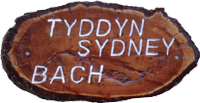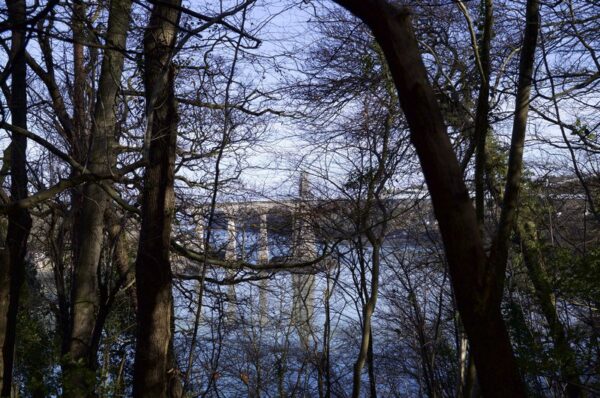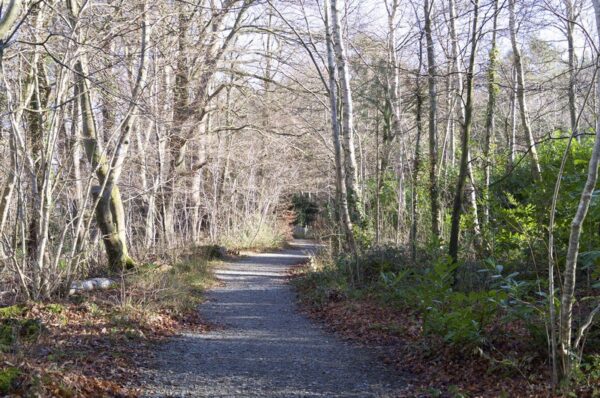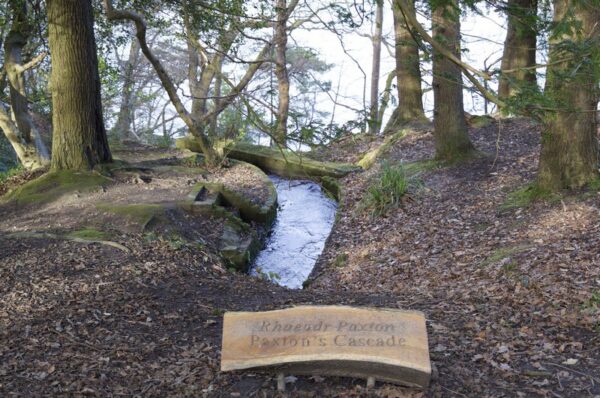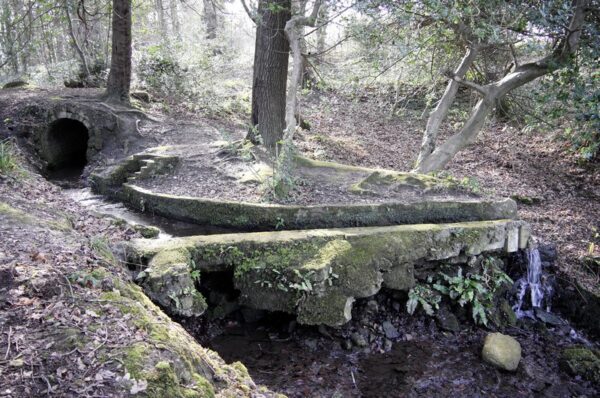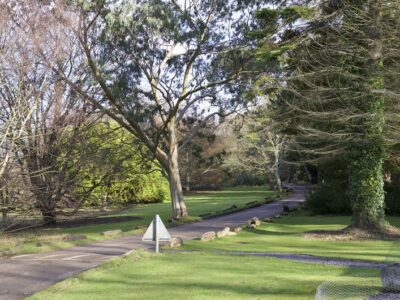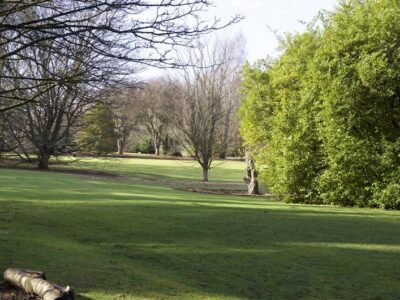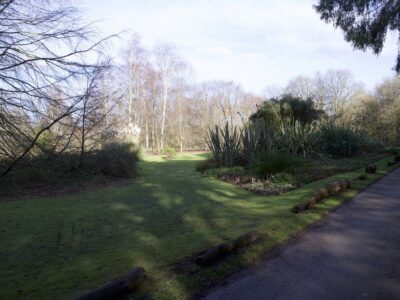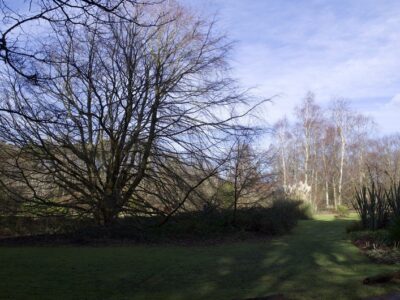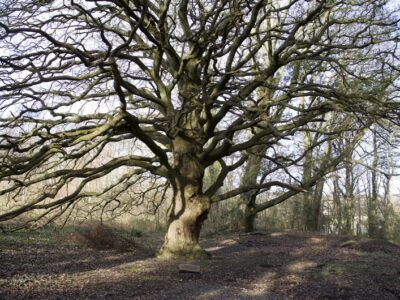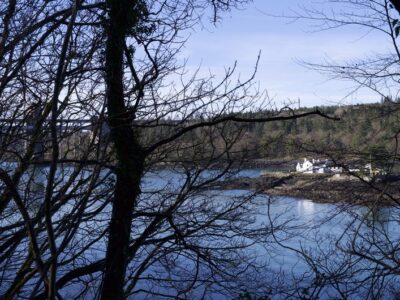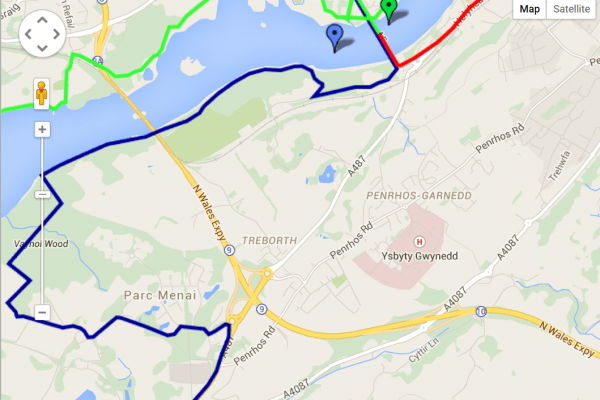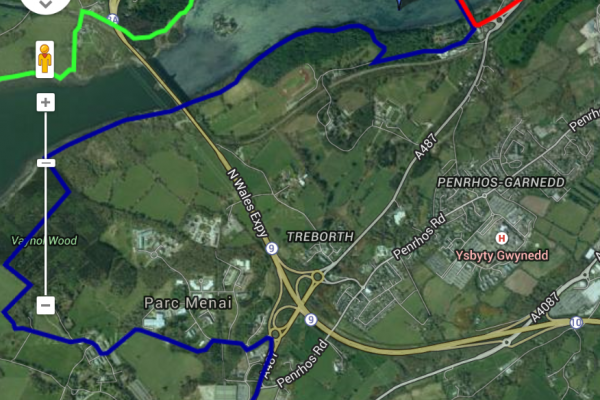Wales Coast Path
The Wales Coast Path is very nearly complete and runs along the whole coast of Wales, including Anglesey. The path runs close to Tyddyn Sydney and can be joined easily by a walking a short distance down Ffordd Bronwydd, going straight on at the cross roads and following the path down to Britannia Bridge. Passing the lions at the end of the bridge, the path continues past the section of the old bridge and drops down to the quay on the banks of the Menai Strait.
The large wrought iron box is part of Robert Stephenson's Britannia railway bridge completed in 1850 to complete the Chester to Holyhead line that then links to Euston Station in London. The original bridge was destroyed by a disastrous fire in 1970 that severed the rail link and led to the building of the present bridge. There is an interpretative plaque just to one side. What is less obvious is the remnant of the failed jack used to raise the original boxes from their pontoons on the strait to a height of 30 m. This can be found to the right of the path as you descend set back in the trees and mounted on a rough stone plinth. The jack burst and the box fell, but only 20 cm as Stephenson prudently insisted that the masonry be raised under the box as it was lifted.
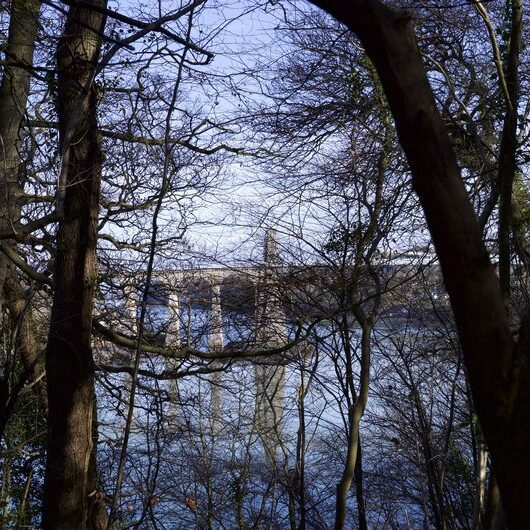
The Wales Coast Path crosses the line of this path close to the box section of the old bridge. Turning to the left will take you through Faenol Wood and at the moment turns back towards Parc Menai, although this is shortly to be diverted to follow the coast through to Felinheli. From Parc Menai, at the moment, the path runs along the road to Felinheli and the path will take you to Caernarfon, but along much of this length follows the roads.
Turning to the right the path follows the top of the bluff along the strait giving views of the strait and the bridges through the trees and leading to Menai Suspension Bridge through Treborth Botanic Gardens. The woodland through which the path runs borders the gardens, but a small detour will allow exploration of the gardens themselves, which are open to the public. The path is easy to follow and provides a gentle walk of about a mile to the suspension bridge, joining the road running into the botanic garden.
The gardens were originally created as a pleasure garden for the Chester and Holyhead Railway in the 1840s and were laid out by Sir Joseph Paxton, who is famous for the concept of the Crystal Palace. In the 1960s Bangor University bought the garden as a teaching resource.
Beyond the Menai Bridge crossing, the Wales Coast path follows the Holyhead Road for a short distance before deviating left at Nantporth towards the coast again. The path crosses open land before following the wooded fringe along the strait. After a short distance the path splits to provide either a walk along the shoreline at low water or climbs up Gorad Road to join Siliwen Road. After a short distance the path along Siliwen Road deviates where it skirts through the open fields of Ashley Jones Fields where the Gorsedd Stone Circle can be seen before re-joining Siliwen road. The path rejoins Siliwen Road then runs down to Garth Pier in Bangor. Walking along the shoreline the path cuts back up to Siliwen Road before reaching the pier. The path along the shoreline should only be followed after checking the state of the tide. From Garth Pier the path continues along Garth Road then passing along the back of Glandwr Terrace through Y Bae site and winds around Hirael Bay to Port Penrhyn.
The Wales Coast Path can be found at www.walescoastpath.gov.uk and the site also provides access to the latest maps. The paths are plotted on the Ordnance Survey 1:25,000 series, making them easier to follow. More information on Treborth Botanic Gardens can be found at treborth.bangor.ac.uk and information on the bridges can be found on the Menai Heritage website at menaibridges.co.uk. Information on the City of Bangor can be found on www.bangorcivicsociety.org.uk/pages/tools.htm .
